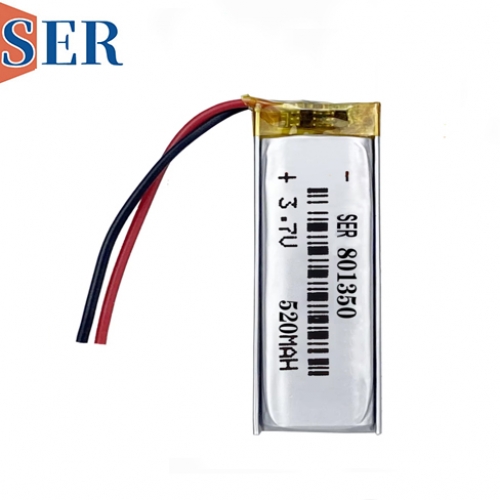Unlocking the feature of the Lithium Thionyl Chloride Battery-Passivation
Unlocking the feature of the Lithium Thionyl Chloride Battery-Passivation

In the ever-evolving world of battery technology, the Lithium Thionyl Chloride (LiSOCl2) battery stands out as a reliable and long-lasting power source. However, after a period of storage or disuse, this battery undergoes a unique "passivation" phenomenon that poses both challenges and opportunities. This article delves into the intricacies of this phenomenon, highlights the advancements made by our company in addressing its effects, and explores the broader implications of the Lithium Thionyl Chloride battery's unique characteristics.
The Passivation Phenomenon
Passivation, in the context of Lithium Thionyl Chloride batteries, refers to the formation of a protective LiCl film on the surface of the battery's anode. This film, while insulating, serves a crucial purpose: it stabilizes the battery and extends its storage life. However, this stabilization comes with a price — a voltage lag. As the LiCl film accumulates, it acts as a barrier, reducing the battery's voltage output. This voltage lag can be problematic, especially in applications where immediate and consistent power delivery is crucial.
The Challenge of Voltage Lag
Voltage lag is a significant hurdle in the utilization of Lithium Thionyl Chloride batteries. In scenarios where batteries are stored for extended periods or are not regularly used, the voltage lag can become substantial, potentially rendering the battery ineffective. This is particularly problematic in emergency backup systems, remote sensing applications, and other critical uses where reliable and immediate power is paramount.
Our Solution: A Revolutionary Battery Additive
To address this challenge, our company has developed a revolutionary new battery additive. This additive, when introduced into the Lithium Thionyl Chloride battery, rapidly restores the voltage lag to 95% of the peak voltage within a few minutes. This restoration process occurs when the battery is in use or being installed. Upon measuring the open-circuit voltage, the loaded current quickly brings the battery voltage up to its peak value.
The key to this additive lies in its ability to interact with the LiCl film. It breaks down the film, reducing its insulating properties and allowing for improved voltage output. This process is efficient and rapid, ensuring that the battery returns to peak performance quickly and reliably.
The Advantages of Lithium Thionyl Chloride Batteries
While voltage lag may be a challenge, the Lithium Thionyl Chloride battery offers numerous advantages that make it an attractive choice for many applications. Firstly, its low annual self-discharge rate of around 2% ensures that the battery can maintain its charge for extended periods, achieving a storage life of about 10 years. This is particularly beneficial in applications where batteries need to be stored for long durations, such as in emergency backup systems.
Furthermore, the Lithium Thionyl Chloride battery is also suitable for high-temperature environments. Its ability to maintain stable performance at elevated temperatures makes it a suitable choice for applications in harsh or extreme conditions.
The Duality of the Lithium Thionyl Chloride Battery
The Lithium Thionyl Chloride battery is a testament to the duality of technological advancements. On one hand, it offers exceptional stability and longevity, making it a reliable power source for critical applications. On the other hand, its passivation phenomenon and voltage lag can pose challenges that require innovative solutions.
However, it is this duality that drives innovation and advancement. The challenges presented by the Lithium Thionyl Chloride battery have spurred our company to develop new solutions, such as the revolutionary battery additive, that address its limitations and unlock its full potential.
The Future of Lithium Thionyl Chloride Batteries
Looking ahead, the Lithium Thionyl Chloride battery has a promising future. With advancements in battery technology and materials science, we can expect further improvements in its performance and reliability. The development of new additives and modifications will help address the voltage lag issue, while maintaining the battery's exceptional stability and longevity.
In addition, the Lithium Thionyl Chloride battery's suitability for high-temperature environments and long-term storage makes it a potential candidate for new applications in extreme conditions and remote locations. As we continue to explore the frontiers of battery technology, the Lithium Thionyl Chloride battery will likely play a crucial role in powering the future.
Conclusion
In conclusion, the Lithium Thionyl Chloride battery is a remarkable power source that offers numerous advantages, including exceptional stability, longevity, and suitability for high-temperature environments. However, its passivation phenomenon and voltage lag pose challenges that require innovative solutions. Our company's new battery additive is a significant step forward in addressing these challenges, restoring the battery's voltage to 95% of its peak value within minutes.





